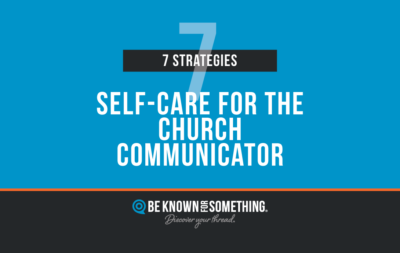Memorial Day is coming soon, our children are finishing school, vacation Bible school is being planned, and vacation is on the horizon. Can you smell the grill and feel the warm ocean air? It’s usually about now that I contemplate a great book to read while I’m relaxing somewhere on a blanket or nestled in a comfy chair.
Many chose a great fiction paperback. To get lost in. Or maybe you, like me, finally get to pick up a great leadership book that will motivate changes in your routine.
Have you ever considered what people want to read when they go to your church website? Figure that out – and deliver it – and you’ll increase traffic on your website! Giving people what they want is always a good thing. But there’s a problem with that. Analytics (the statistical information gleaned from your web traffic) show a very scary discovery.
People don’t come to a website to read. Books are for reading. Websites aren’t. And this appears to be accurate with only a few exceptions (news websites and blogs).
Here are 4 ways to write web content so people will engage:
- Stop writing in long paragraph form. People don’t like reading long dense paragraph material in web content. I bet you don’t even like reading long paragraphs in email! Try to break your web content into smaller paragraphs.
- Edit your content. The average person reads 300 words/minute and only views a page for about 10 seconds. That means you have approximately 50 words that can be absorbed. And it also seems that the more that its exceeded; the more it drives people away. So write short amounts in your web content.
- Use Eye-Interrupters. Most web “readers” are really “browsers”. They like to quickly grasp what they’re looking for. Think points, facts, headlines and create your web content so it’s “snackable” – bite-sized chunks that give the information as their eyes sweep down the page.
- Make it “feel like” a blog. People will, on average, read about 300 words if it’s written like a blog (similar to this post). Start with a personal reflection then quickly shift into “just the facts”. If you use a number in a headline or subhead, you’ll attract more to engage.
I confess, it’s not easy. I try to do it but even this post is 424 words. But you probably didn’t read every word, eh? Stop writing prose that is worthy of the perfect summer novel. Think like you’re writing the shortest church service announcement to capture attention and take up very little time.
This post originally appeared in the Weekly Update for the National Association of Church Business Administrators (The Church Network). Mark MacDonald is a regular writer for this and other national publications about church communications and updating a church website.




